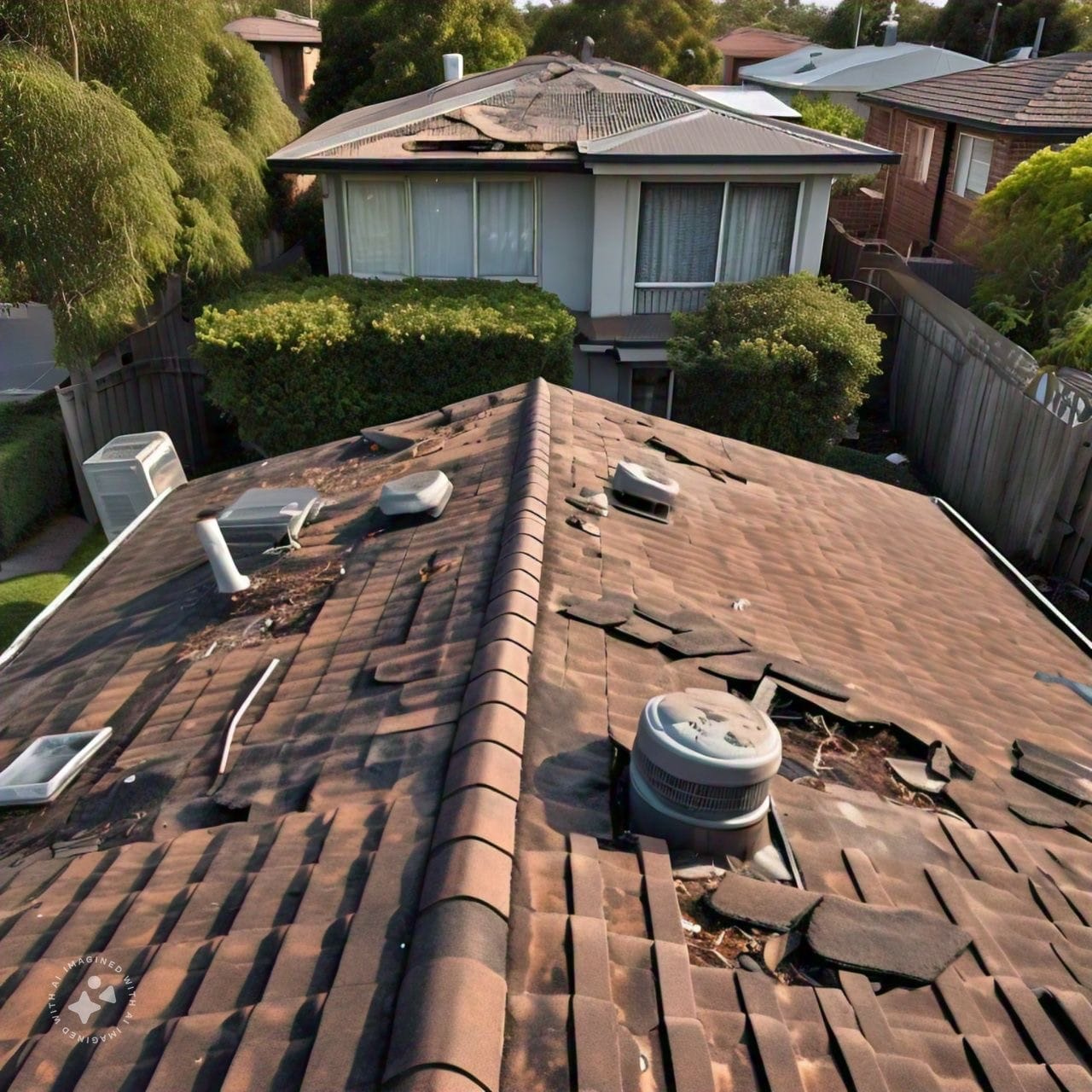Proper roof ventilation in Merritt Island, FL, is critical to maintaining a healthy and long-lasting roof, as it helps regulate temperature, moisture, and air circulation within the attic and roofing system. Roofs can suffer from problems such as mold growth, insulation damage, and premature deterioration without adequate ventilation. Roofing contractors ensure that roof ventilation systems are properly designed and installed, contributing to the home’s overall health. We will explore how roofing contractors ensure proper roof ventilation by assessing ventilation needs, selecting the right ventilation systems, and maintaining balanced airflow throughout the roofing structure.
Benefits of proper roof ventilation
- Assessing Ventilation Needs for Each Roof
The first step in ensuring proper roof ventilation is for roofing contractors to assess the specific ventilation needs of each roof. Not all homes require the same level of ventilation, as factors such as climate, roof design, and the attic space size can influence the airflow needed. Roofing contractors consider these factors when evaluating how much ventilation is necessary to prevent issues like excess heat or moisture buildup.
For example, homes in hot, humid climates often require more ventilation to help expel hot air from the attic and prevent moisture from accumulating. In colder climates, ventilation is important for preventing the formation of ice dams, which can occur when warm air trapped in the attic causes snow on the roof to melt and refreeze at the eaves. Roofing contractors thoroughly assess the roof’s structure, insulation, and existing ventilation system to determine whether improvements are needed. This assessment helps contractors develop a customized ventilation plan that meets the home’s requirements.
- Choosing the Right Ventilation Systems
Once the roof’s ventilation needs have been assessed, roofing contractors choose the appropriate ventilation systems to ensure proper airflow. Several roof ventilation systems are available, and each has advantages depending on the roof’s design and the local climate. Roofing contractors select ventilation systems that will work efficiently in the given environment and complement the roof’s structure.
One common type of roof ventilation system is the ridge vent, which runs along the roof’s peak and allows hot air to escape from the attic. Ridge vents are effective because they provide continuous ventilation across the entire roof, helping maintain balanced airflow. Contractors may also install soffit vents at the roof’s eaves, allowing cooler air to enter the attic. This creates a natural airflow cycle, with cooler air entering from the soffit vents and hot air exiting through the ridge vents.
In some cases, contractors may recommend installing powered attic fans or turbine vents, especially if the attic lacks sufficient natural airflow. These systems help actively expel warm air from the attic, ensuring the space remains cool and well-ventilated. By selecting the right ventilation system for the roof, contractors ensure that air can flow freely, reducing the risk of damage caused by heat and moisture buildup.
- Ensuring Balanced Airflow Throughout the Roof
A key aspect of proper roof ventilation is maintaining balanced airflow throughout the attic and roofing system. Balanced ventilation involves having an equal amount of intake and exhaust vents to allow air to move through the attic in a controlled manner. With this balance, ventilation systems may function as intended, leading to problems such as stagnant air or inadequate roof cooling.
Roofing contractors ensure that the number of intake vents (such as soffit vents) matches the number of exhaust vents (such as ridge vents) to maintain proper airflow. If more exhaust vents are installed with adequate intake, the system may pull air inside the home rather than draw in cooler air from outside. Similarly, if there are too many intake vents, the air may not circulate properly, resulting in poor ventilation.
Contractors carefully calculate the amount of intake and exhaust ventilation needed based on the attic’s square footage and the roof’s design. This ensures air flows evenly through the attic space, preventing hot spots and moisture accumulation. Balanced ventilation is key to maintaining a stable environment within the attic, which protects the roofing materials from damage and extends the roof’s life.
- Preventing Moisture Buildup and Condensation
Moisture buildup in the attic is one of the most common issues caused by improper ventilation, and roofing contractors take steps to prevent this by ensuring that ventilation systems are functioning properly. When moisture becomes trapped in the attic, it can lead to problems such as mold growth, wood rot, and insulation damage. Over time, this can compromise the roof’s structural integrity and create unhealthy living conditions inside the home.
To prevent moisture buildup, contractors install ventilation systems that allow moisture-laden air to escape from the attic, reducing the risk of condensation. In addition to installing vents, contractors may recommend using vapor barriers or moisture-resistant insulation materials to protect the attic from further moisture infiltration. By addressing moisture issues early on, roofing contractors help homeowners avoid costly repairs and maintain the overall health of their roofing system.
- Improving Energy Efficiency
Proper roof ventilation also significantly improves home energy efficiency. When the attic is not properly ventilated, excess heat can build up during the summer months, forcing the home’s cooling system to work harder to maintain a comfortable indoor temperature. This increased demand for air conditioning can lead to higher energy bills and unnecessary strain on the HVAC system.
Roofing contractors address this issue by installing ventilation systems that help regulate the temperature inside the attic. Proper ventilation reduces heat transferred into the living spaces below by allowing hot air to escape and cooler air to enter. This makes the home more energy-efficient and increases comfort during hot weather. In colder months, ventilation prevents the buildup of warm, moist air in the attic, reducing the risk of ice dams and improving overall energy efficiency.
- Long-Term Roof Health and Maintenance
Finally, ensuring proper roof ventilation is essential for maintaining the long-term health of the roof. Roofing contractors understand that inadequate ventilation can lead to various problems, including shingle damage, premature aging of roofing materials, and structural issues caused by moisture. By installing and maintaining effective ventilation systems, contractors help protect the roof from these issues and extend its lifespan.
Regular roof inspections and maintenance are also important for ensuring that ventilation systems continue to function properly over time. Roofing contractors often provide ongoing maintenance services, including checking vents for blockages, inspecting attic insulation, and repairing any damage to the ventilation system. These efforts help homeowners avoid costly repairs and ensure their roofs remain in good condition for years.
Roofing contractors are critical in ensuring proper roof ventilation, which is essential for maintaining a healthy and durable roofing system. By assessing ventilation needs, selecting the right systems, and ensuring balanced airflow, contractors help prevent problems such as moisture buildup, heat accumulation, and structural damage. Proper ventilation protects the roof, improves energy efficiency, and contributes to the home’s overall comfort. Investing in professional roofing contractors who prioritize ventilation ensures that your roof will remain functional and long-lasting, protecting your home for years.

















